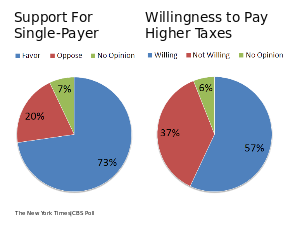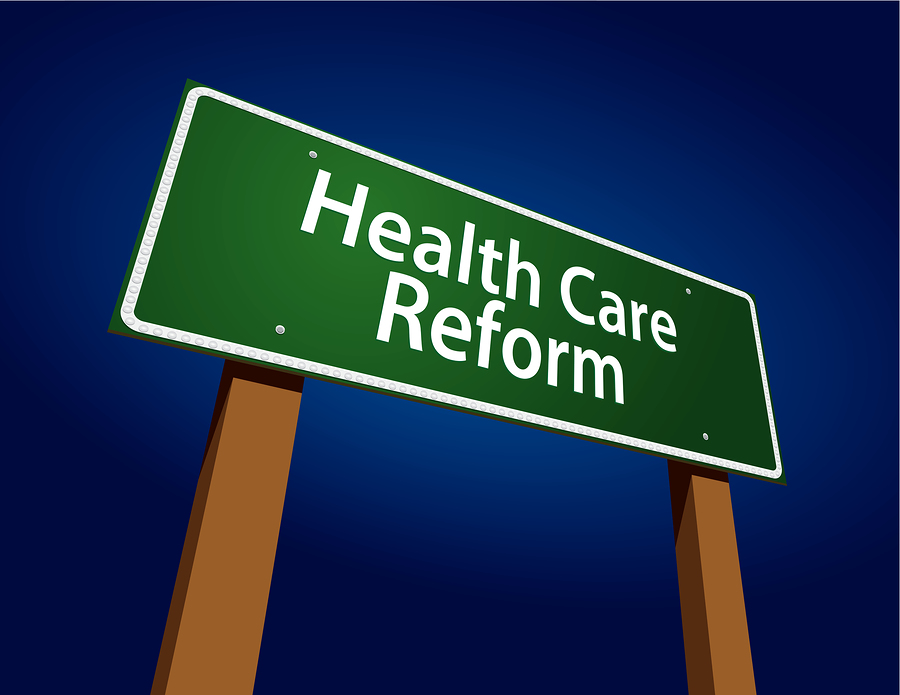Inpatient gos to were the lowest, at 8 percent of a general inpatient stay and 3.1 percent for inpatient surgery. Encounters involving hospital care incurred additional facility-level billing costs. (see Figure 3) In addition to the dollar expense of BIR activity, the study likewise reported the time invested on administration for common encounters. The amounts available from these sources for unremunerated care surpass the authors' point quote of $34.5 billion originated from MEPS by $3 to $6 billion yearly, as displayed in the table. Sources of Financing Available free of charge Care to the Uninsured, 2001 ($ billions). Federal, state, and city governments support uncompensated care to uninsured Americans and others who can not spend for the expenses of their care, mainly as health center ($ 23.6 billion) and clinic services ($ 7 billion).

State and regional governmental assistance for unremunerated health center care is approximated at $9.4 billion, through a mix of $3.1 billion in tax appropriations for general medical facility support (which the Medicare Payment Advisory Committee [MedPAC] treats as funds available for the assistance of uninsured clients), $4.3 billion in assistance for indigent care programs, and $2.0 billion in Medicaid DSH and UPL payments (Hadley and Holahan, 2003a). Although healthcare facilities reported uncompensated care expenses in 1999 of $20.8 billion (projected to increase to $23.6 billion in 2001), it is tough to identify how much of this cost eventually resides with the medical facilities (MedPAC, 2001; Hadley and Hollahan, 2003a).
Philanthropic support for medical facilities in basic represent in between 1 and 3 percent of hospital incomes (Davison, 2001) and, because much of this support is dedicated to other purposes (e.g., capital enhancements), only a portion is available for unremunerated care, estimated to fall in the series of $0.8 to $1 - what home health care is covered by medicare.6 billion for 2001.
Healthcare facilities had a personal payer surplus of $17. how much does medicaid pay for home health care.4 billion in 1999 (based on AHA and MedPAC reporting). These surplus payments, however, tend to be inversely associated to the amount of complimentary care that medical facilities provide. A research study of urban safety-net hospitals in the mid-1990s found that safety-net medical facilities' case loads typically consisted of 10 percent self-pay or charity cases and 20 percent privately guaranteed, whereas among nonsafety-net health centers, just 4 percent were self-pay or charity cases and 39 percent were independently insured (Gaskin and Hadley, 1999a, b).
How Does Culture Affect Health Care Can Be Fun For Everyone
Based on this thinking, Hadley and Holahan presume that in between 10 and 20 percent of these surplus profits subsidize care to the uninsured. The problem of cross-subsidies of unremunerated care from private payers and the impact of uninsurance on the costs of healthcare services and insurance coverage are talked about in the following area.

Have the 41 million uninsured Americans contributed materially to the rate of boost in treatment prices and insurance premiums through cost moving? Healthcare costs and medical insurance premiums have actually increased more rapidly than other costs in the economy for several years. In 2002, treatment rates increased by 4 (what does a health care administration do).7 percent, while all costs rose by only 1.6 percent.
Medical insurance premiums rose by 12.7 percent in between 2001 and 2002, the biggest boost because 1990 (Kaiser Household Structure and HRET, 2002). These high rates of boosts in medical care rates and medical insurance premiums have been credited to a variety of elements, consisting of medical technology advances (e.g., prescription drugs), aging of the population, multiyear insurance coverage underwriting cycles, and, more recently, the loosening of controls on utilization by managed care plans (Strunk et al., 2002). If people without medical insurance paid the complete costs when they were hospitalized or used physician services, there would appear to be no factor to think that they contributed any more to the big boosts in treatment rates and insurance coverage premiums than insured individuals.
It is certainly an overestimate to attribute all healthcare facility bad financial obligation and charity care to uninsured patients, as Hadley and Holahan acknowledge, because patients who have some insurance coverage however can not or do not pay deductible and coinsurance quantities account for some of this uncompensated care. Of those physicians reporting that they supplied charity care, about half of the total was reported as decreased costs, rather than as free care (Emmons, 1995).
What Is Single Payer Health Care Pros And Cons Can Be Fun For Everyone
Although 60 to 80 percent of the users of publicly funded center services, such as offered by federally qualified community university hospital, the VA, and local public health departments are publicly or privately guaranteed, these suppliers are not likely to be able to move expenses to private payers. Little info is offered for examining the extent to which personal employers and their employees subsidize the care provided to uninsured individuals through the insurance premiums they pay or the size of this aid.
Utilizing the example of South Carolina, about seven-eighths of the personal subsidies for uninsured care from nongovernmental sources originated from philanthropies and other healthcare facility (nonoperating) revenue, while the staying one-eighth originated from surpluses produced from private-pay patients (Conover, 1998). It is tough to translate the changes in health center pricing since released studies have actually examined private hospitals rather than the overall relationships amongst unremunerated care, high uninsured rates, and pricing trends in the medical facility services market overall.
One analyst argues that there has been little or no charge moving during the 1990s, in spite of the possible to do so, since of "cost sensitive employers, aggressive insurers, and excess capacity in the health center market," which recommends a relative lack of market power on the part of hospitals (Morrisey, 1996).
For unremunerated care usage by the uninsured to impact the rate of increase in service prices and premiums, the proportion of care that was uncompensated would have to be increasing too. There is somewhat more evidence for cost moving among nonprofit health centers than among for-profit hospitals since of their service mission and their area (Hadley and Feder, 1985; Dranove, 1988; Frank and Salkever, 1991; Morrisey, 1993; Gruber, 1994; Morrisey, 1994; Needleman, 1994; Hadley et al., 1996).
What Is Health Care Flexible Spending Account for Dummies
Some studies have shown that the arrangement of unremunerated care has actually declined in response to increased market pressures (Gruber, 1994; Mann et al., 1995). The issue with expense shifting from the uninsured to the insured population as a phenomenon might be changing to a focus on the transfer of the concern of uncompensated care from personal medical facilities to public institutions due to reduced success of healthcare facilities general https://how-much-does-a-gram-of-cocaine-cost.drug-rehab-fl-resource.com (Morrisey, 1996).